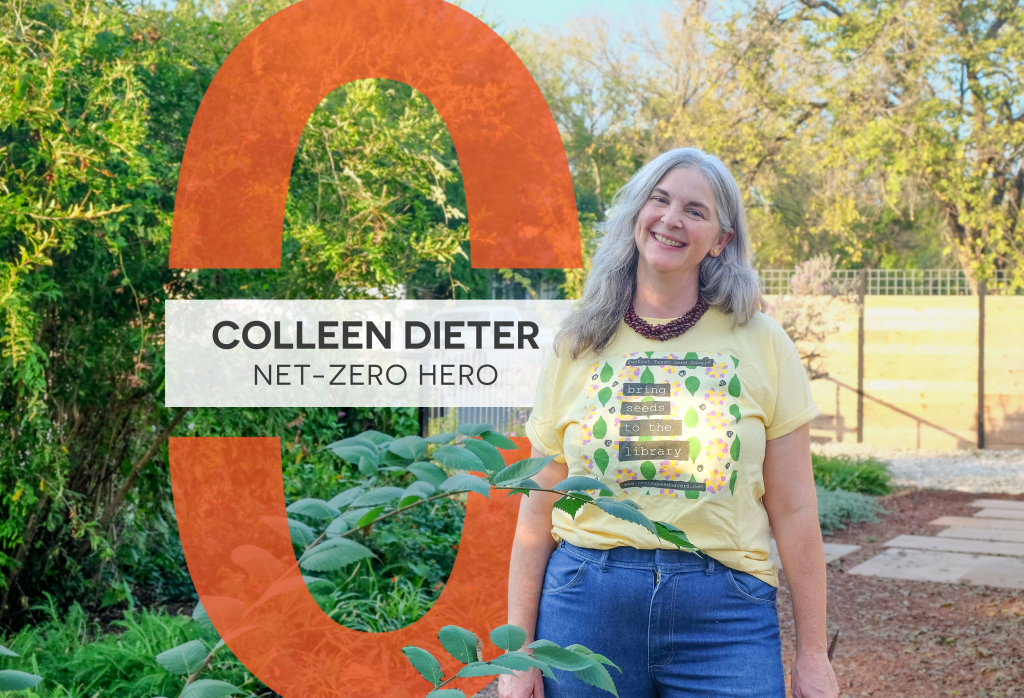
I’m helping to make Austin Net-Zero by living my values through plant-based eating, biking, and community action.
Meet our newest Net-Zero Hero, Colleen Dieter! With more than two decades of experience helping Austinites understand our region’s unique climate, Colleen has dedicated her career to making gardening accessible and joyful. As a landscape consultant, certified arborist, and founder of …
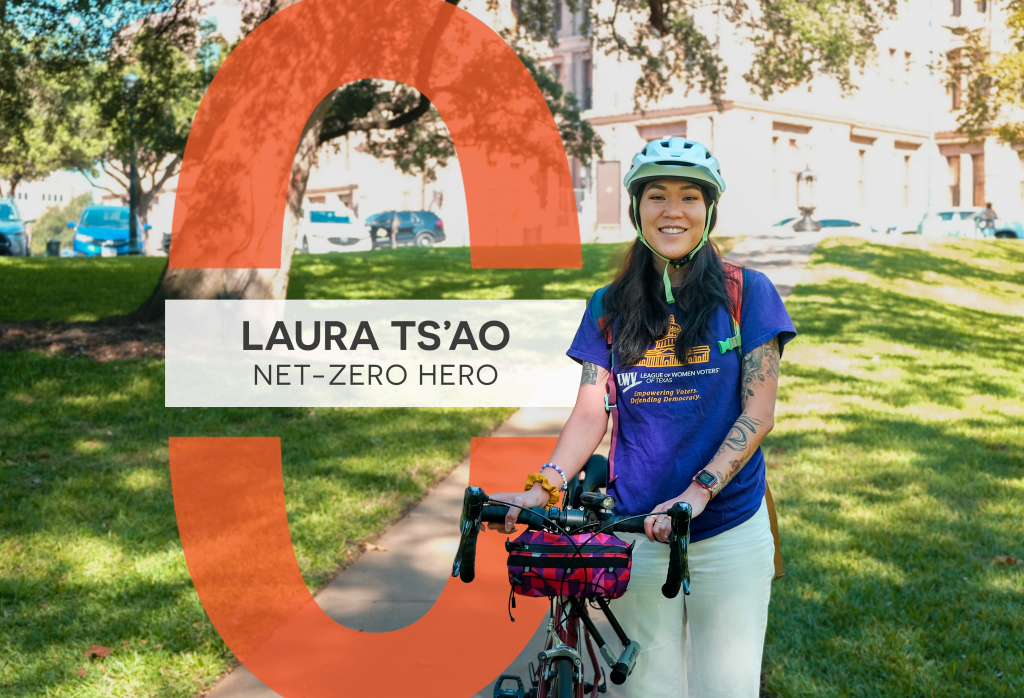
I’m helping to make Austin Net-Zero by living my values through plant-based eating, biking, and community action.
Meet our newest Net-Zero Hero, Laura Ts'ao. Laura is a community organizer, advocate, and lifelong learner who’s showing that sustainability is just as much about people as it is about the planet. Through her leadership in …
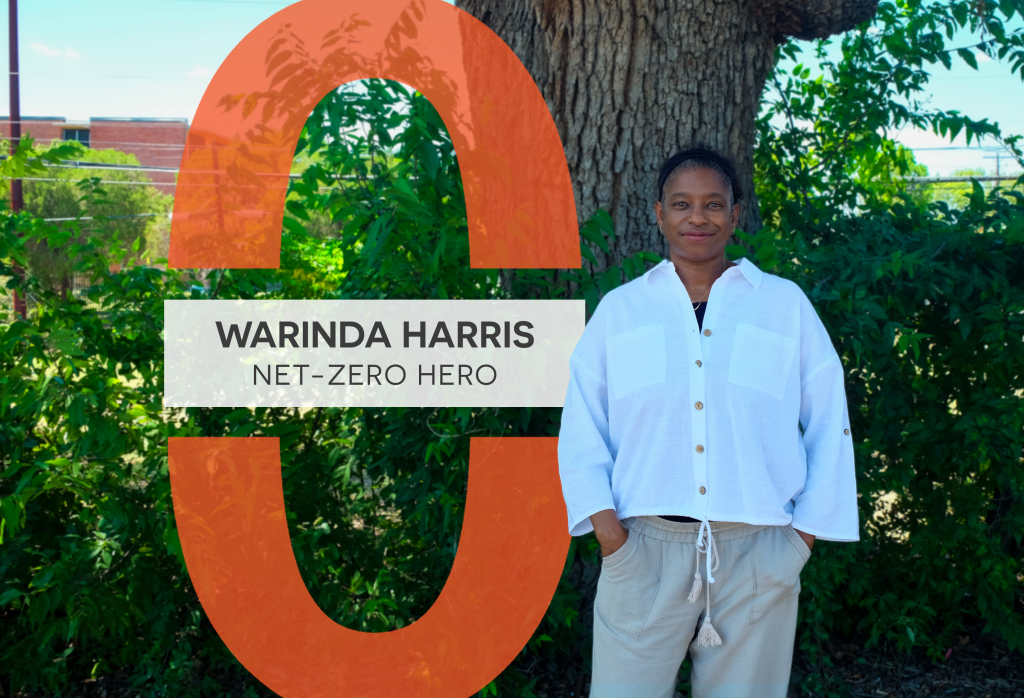
I’m helping to make Austin Net-Zero by advancing park equity in Austin’s under-resourced communities.
Meet our newest Net-Zero Hero, Warinda Harris! As an organizer with Central Texas Interfaith (CTI), Warinda is helping Austin communities build power, strengthen civic engagement, and advance environmental equity. Through her work on green space access and equity, Warinda has helped connect residents in East and Sout…
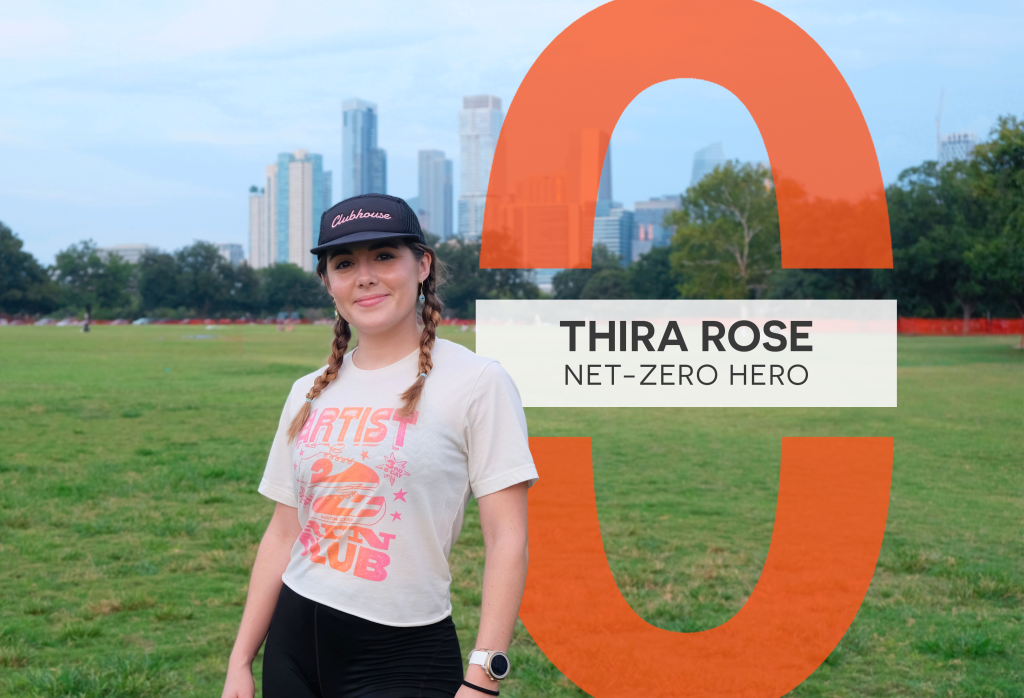
I’m helping to make Austin Net-Zero by making sustainable art with discarded running gear.
Meet our newest Net-Zero Hero, Thira Rose! Thira is an artist, runner, and community leader who’s turning worn-out sneakers and race bibs into powerful works of art. By blending her passions for running, sustainability, and creativity, she’s sparking conversations about the environmental footprint of the sport while reimagining what discarded gear can become. W…
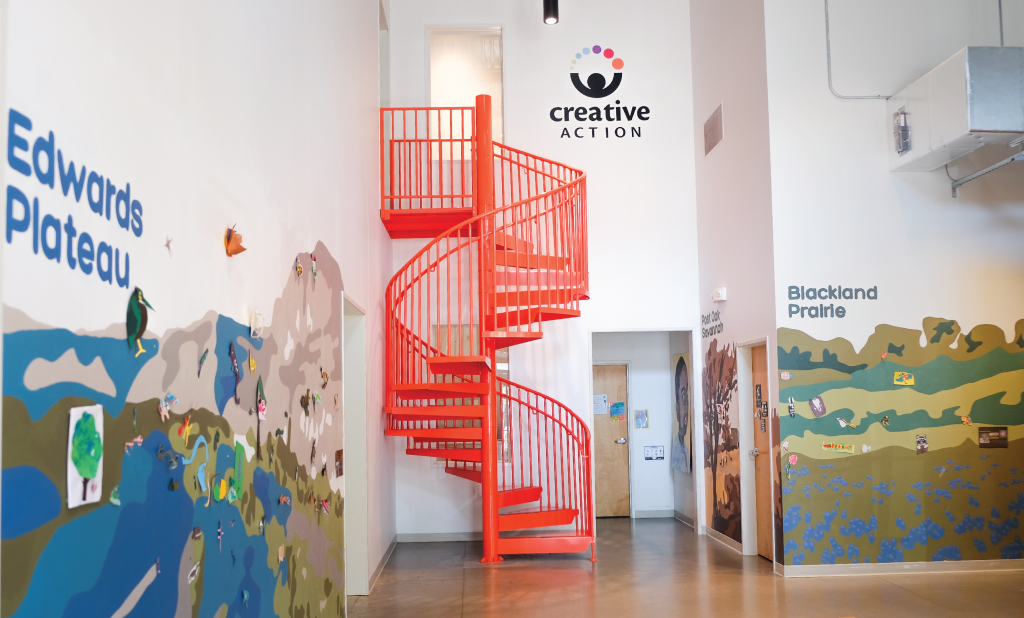
This summer, the walls of Creative Action’s UpFront Gallery came alive with color, creativity, and an exploration of our region's ecology. Through a sponsorship from Austin Climate Action and Resilience, summer campers learned about Central Texas’ native species while creating vibrant gelli prints, collages, and murals…
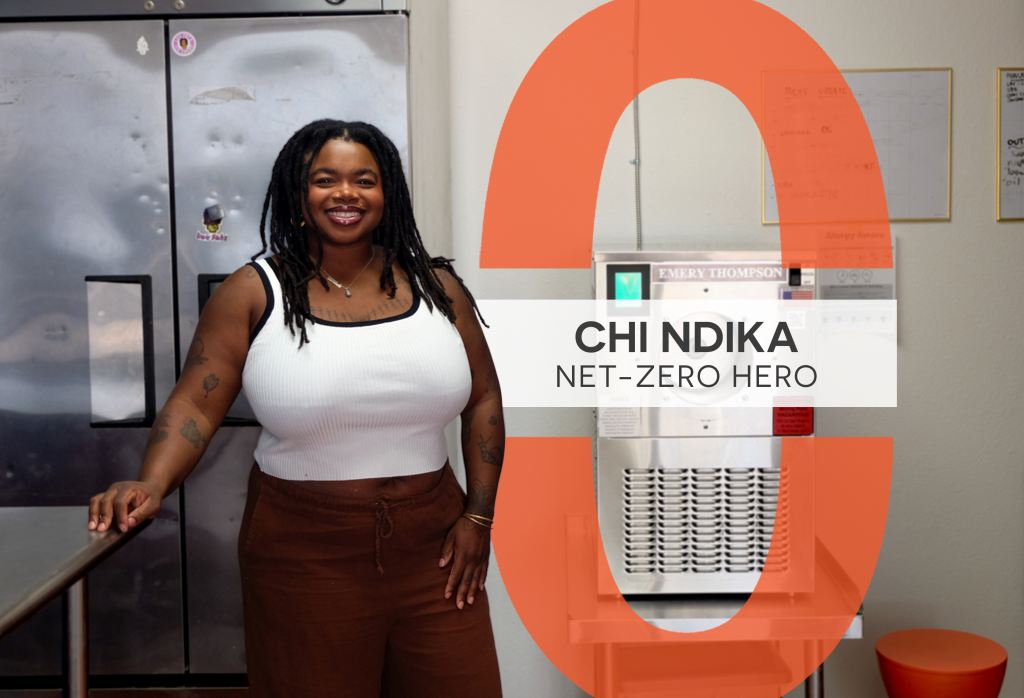
I’m helping to make Austin Net-Zero by making a delish plant-based treat that nourishes and brings joy to my community.
Meet our newest Net-Zero Hero, Chi Ndika! Chi is the founder and creative force behind Luv Fats Ice Cream, a small, plant-based ice cream business that blends sustainability with community joy. From sourcing ingredients locally to reimagining food waste as art, Chi brings an intentional, low-waste mindset into e…
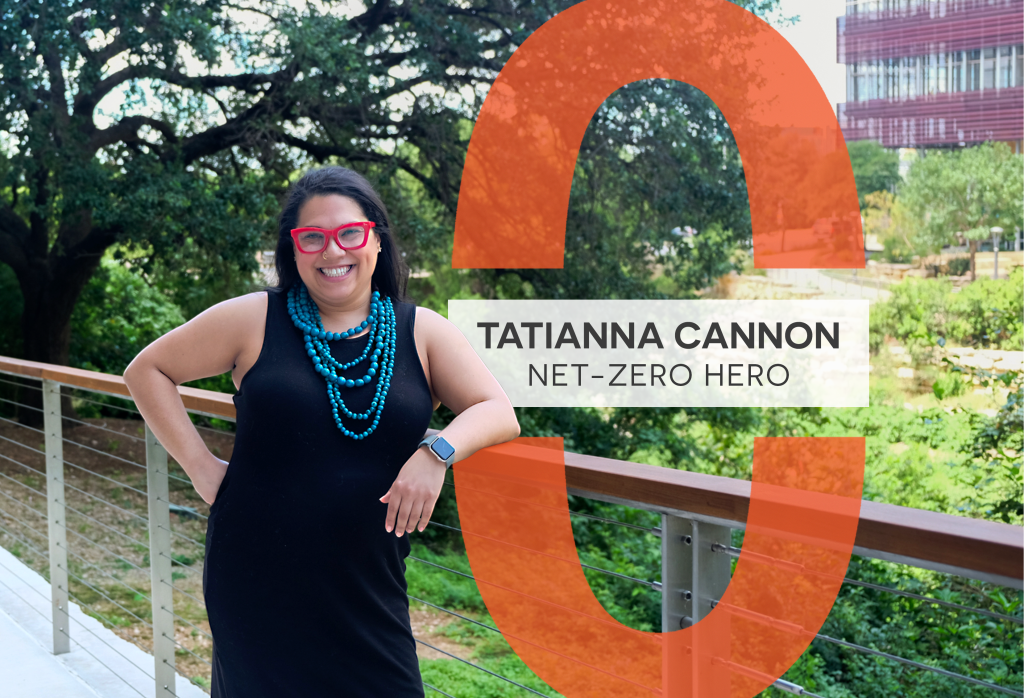
I’m helping to make Austin Net-Zero by building pathways into green careers for communities too often left behind.
Meet our newest Net-Zero Hero, Tatianna Cannon! A lifelong advocate for equity and access, Tatianna is the founder of the Green Workforce Collaborative — an initiative focused on building inclusive pathways into Austin’s growing green economy. Through partnerships, community organizing, and a people-first approach, she’s helping ensure the transition to net-zero creates opportunity for everyone, especia…
Home to Austin FC, Q2 Stadium is raising the standard for sustainability across the professional sports world. Opened in 2021, it is the first soccer-specific stadium in the world to receive Total Resource Use and Efficiency (TRUE) certification. This certification acknowledges projects that are implementing essential actions and policies aimed at achieving zero waste. Recently, Q2 Stadium was awarded Platinum status in the Austin Green Business Leaders Program, recognizing its dedication to business practices that benefit both people and the planet.
“Sustainability was an integral part of Q2 Stadium…
School gardens offer campuses and students far more than just fresh food or attractive landscapes. They serve as an extension of the classroom, functioning as a living laboratory and a peaceful retreat. At the Office of Climate Action and Resilience, we recognize that the benefits of school gardens are only possible thanks to the dedicated efforts of campus volunteers who work tirelessly to build, maintain, and support these valuable spaces.
The Friends in Gardening (FiG) Award was created in 2023 by the Central Texas School Garden Network…
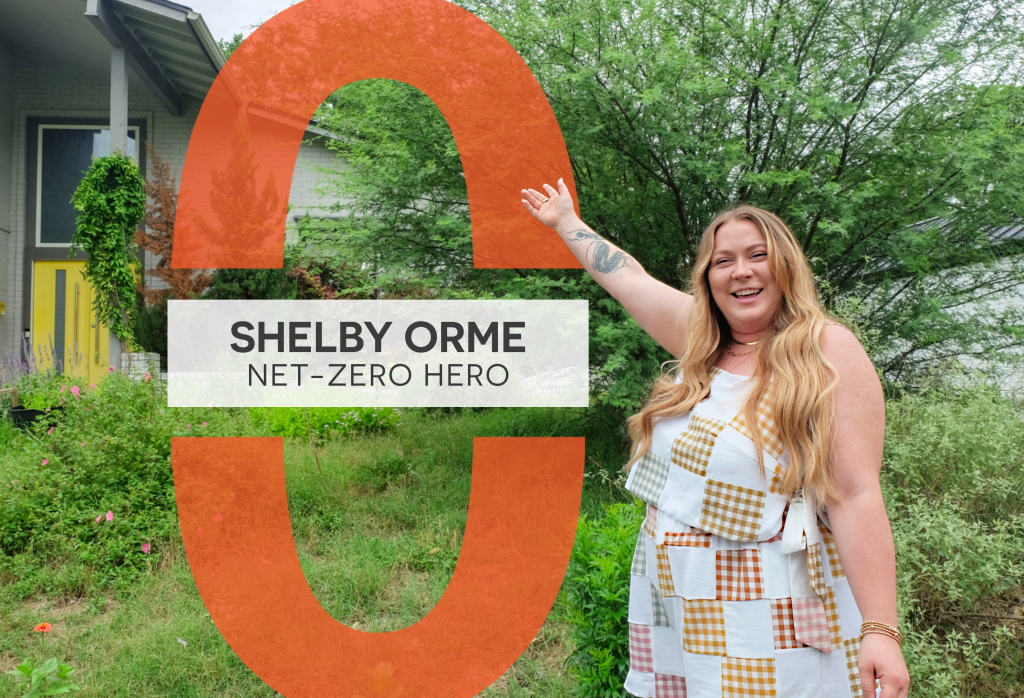
I’m helping to make Austin Net-Zero by encouraging folks to give up consumerism for community and creativity.
Meet our newest Net-Zero Hero, Shelby Orme! Shelby is a sustainability advocate, entrepreneur, and community leader whose journey began with a summer camp and grew into a lifelong commitment to environmental justice and collective action. From building a platform that…
